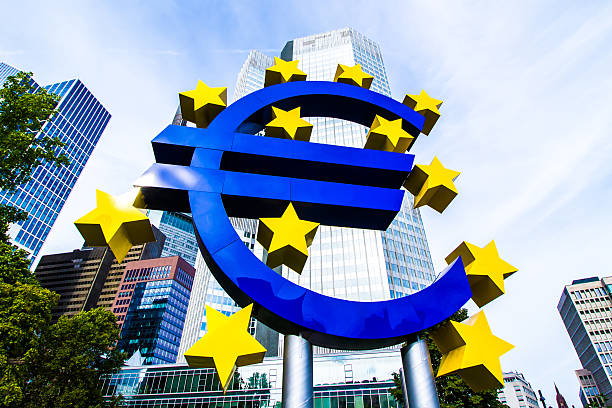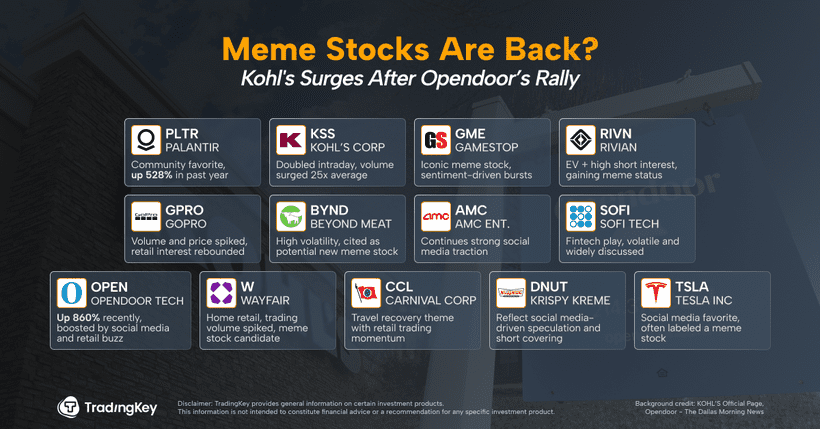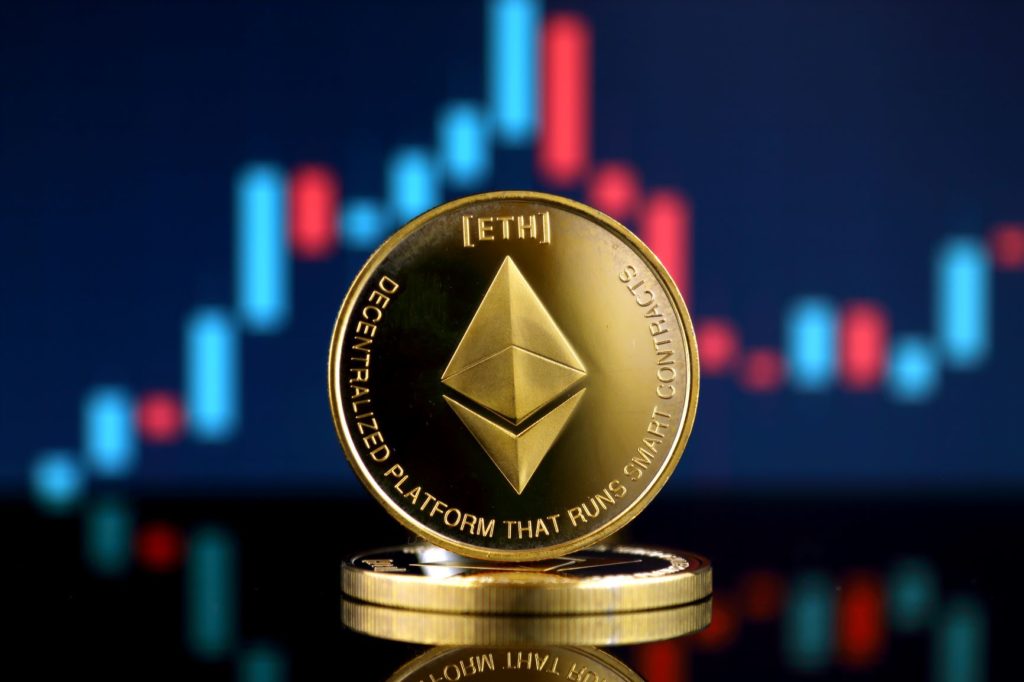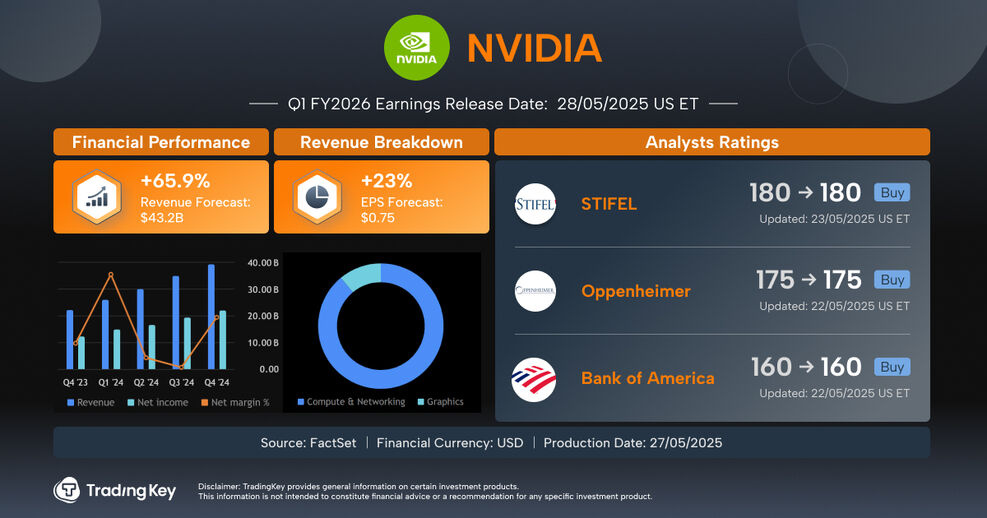US stock valuations hit record highs as the Buffett Indicator soars to 212% of GDP

The US stock market’s current valuation has surpassed even the peaks seen during the Dot-Com Bubble and the 2008 Financial Crisis, according to the so-called “Warren Buffett Indicator.”
The metric compares the total market capitalization of US stocks to the country’s Gross Domestic Product (GDP), which surged to 212%, its highest level in history.
JUST IN 🚨: Warren Buffet Indicator jumps to most expensive stock market valuation in history, surpassing the Dot Com Bubble and the Global Financial Crisis 👀 pic.twitter.com/xTmDlxJsjB
— Barchart (@Barchart) July 25, 2025
The ratio is calculated using the Wilshire 5000 Total Market Index, a measure of the US equity market. As of this week, the index’s market cap is more than double the nation’s GDP.
In a 2001 Fortune Magazine interview, Buffett himself described the indicator as “probably the best single measure of where valuations stand at any given moment.” Back then, he told Wall Street that when the ratio approaches 200%, “you are playing with fire.”
Stock market valuation goes up, Buffett steps back
Warren Buffett and his firm, Berkshire Hathaway, have been dumping US equities since US President Donald Trump stepped into the White House, which could mean the 94-year-old CEO is following his advice.
In the first quarter of 2025, Berkshire completely exited its position in Citigroup, offloading the remaining 14.6 million shares worth approximately $1 billion. The conglomerate also sold off significant portions of other major financial holdings, including 48.7 million shares of Bank of America stock, valued at roughly $2.19 billion.
More than 300,000 shares of Capital One holdings were cut for a value exceeding $46 million. The investment conglomerate then liquidated all 40 million-plus shares in Brazilian fintech firm Nu Holdings, worth over $416 million.
Beyond the financial sector, Berkshire exited positions in several companies like Charter Communications, DaVita, T-Mobile, and Liberty Media’s Formula One Group.
Market indices record more highs
The S&P 500 is up 0.9% from Monday’s 6,328 opening session value, closing at 6,388 on Friday. The Nasdaq Composite also edged up by 0.4%, marking its third record close this week after surpassing the 21,000 threshold on Wednesday.
Meanwhile, the Dow Jones Industrial Average gained 228 points, or 0.5%, nearing its record close of 45,014.04 set in December 2024. The Dow is tracking for a weekly gain of 1.3%, while the Nasdaq and S&P 500 are on pace for respective advances of 1.2% and 1.6%.
More than 82% of the 169 S&P 500 companies that have reported earnings so far this season have exceeded Wall Street expectations, FactSet data shows.
“The bull market lives on, supported largely by favorable fundamentals,” said Terry Sandven, chief equity strategist at US Bank Wealth Management. “Inflation is stable, interest rates are range-bound and earnings are trending higher. That presents a favorable backdrop for stocks to trend higher.”
Some institutional investors are bracing for possible short-term volatility ahead of next week’s Federal Reserve meeting. Ulrike Hoffmann-Burchardi, Chief Investment Officer for the Americas at UBS Global Wealth Management, believes political and economic risks could trigger market fluctuations in the coming weeks.
“Some combination of these has the potential to contribute to market volatility in the weeks ahead. Nevertheless, we would expect market swings to be temporary,” she wrote.
Next week, attention turns to the Federal Reserve’s two-day July 29-July 30 policy meeting. Central bank officials are expected to leave the federal funds rate unchanged in the current range of 4.25% to 4.5%, but market participants are already looking ahead to potential rate cuts later this year.
Cryptopolitan Academy: Want to grow your money in 2025? Learn how to do it with DeFi in our upcoming webclass. Save Your Spot





